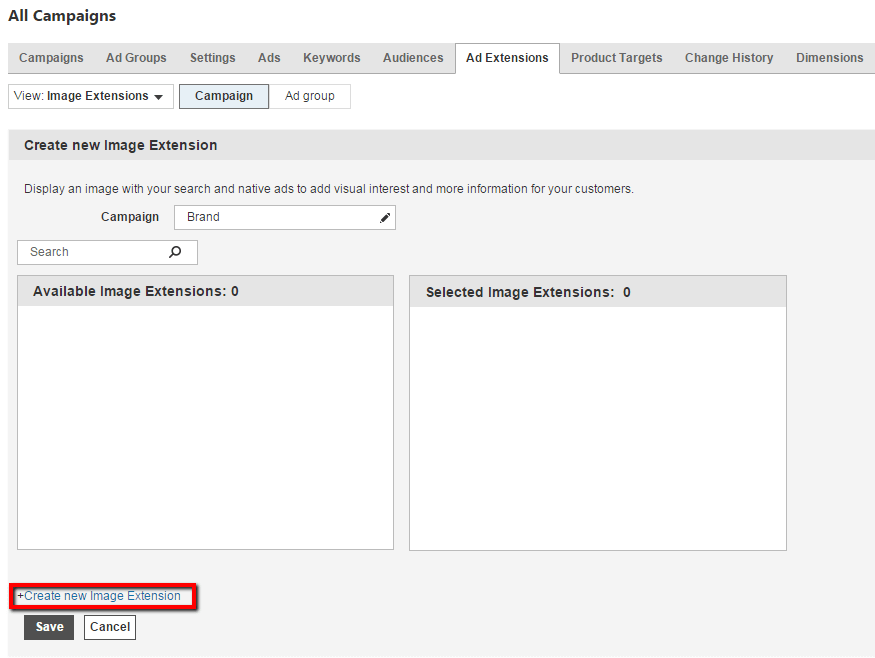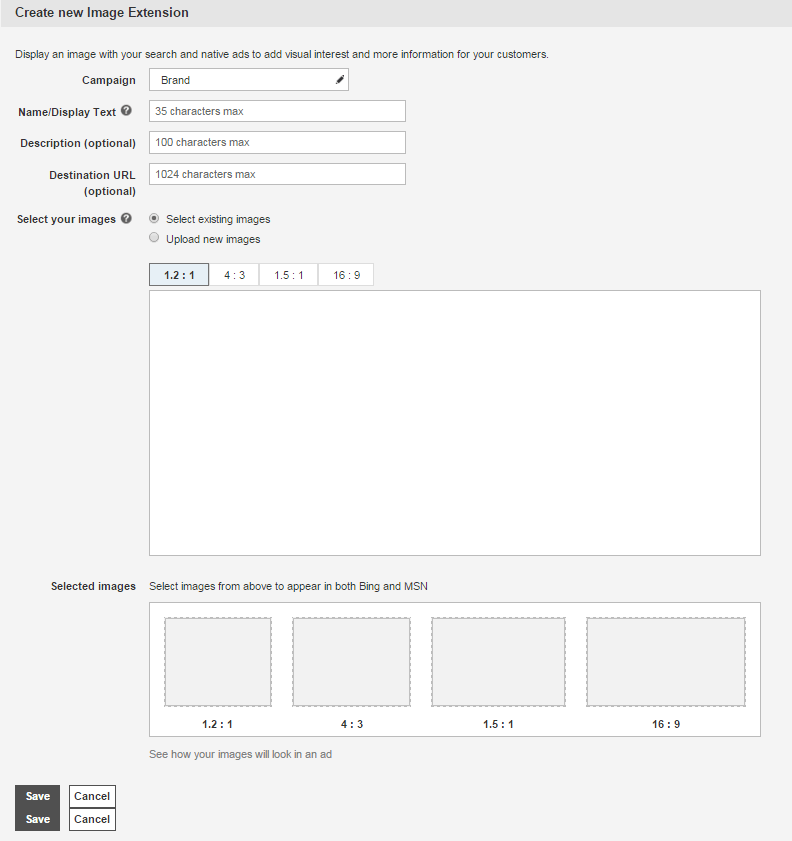Posted on 1/12/2016 in Digital Marketing
By Ryan MacQuarrie
Anyone in the PPC advertising world knows that Bing is often the copycat little brother of Google Ads. Many features Bing has released over the years have simply been some slightly different take on a feature that Google has already been using for a long time.
What Are Image Ad Extensions?
When it comes to image ad extensions it is more of the same story. In typical Bing fashion, they arrived late to a party that Google already hosted and shut down.
Back in 2013 Google released image ad extensions, but quickly ended the beta a few months later. Then 2 years later on 11/16/15 Bing decided to give image ad extensions a try. They look something like this:

Why Use Image Ad Extensions?
According to Bing, image ad extensions are a great way to set your ad apart with visuals. They can help increase traffic, raise brand awareness, provide a larger footprint on the search engine results page, and they can even elicit better quality traffic due to searchers being able to see what they can expect by clicking on an ad.
Image ad extensions are great for users in the travel, services, or luxury goods industries. In theory image ad extensions sound awesome, but do they really work? I decided to set some up to test their effectiveness.
Setting Image Ad Extensions Up
Step One: Click Campaigns at the top of the page, then click the Ad Extension tab and select image extensions:

Step Two: Click Create ad extension and chose which campaign you want to add it to:

Step Three: Click Create New Image Extension:

Step Four: Enter the Name/Display Text, Description and Destination URL:

Step Five: Select existing of upload new images and then hit save.
Image Ad Extension Test Results
I decided to try these new extensions on just one client first. This particular client sells high cost technical goods. I created the extensions on 12/8/15 and ran them through 12/31/15. Here are the stats:

As you can see the results aren’t very impressive. The image ad extensions showed on 1.8% of the total impressions. For comparison, the sitelink extensions showed on about 35% of the impressions. So why are they barely showing up?
There are two different things to take into consideration here. First of all, image ad extensions can’t be shown on mobile devices. As we know mobile traffic has taken over the world, so right away we are severely limiting our potential impression pool. Secondly, image ad extensions are only available if your ad is in position one. I missed this caveat when I started the test, therefore I did not jack up the bids to make sure my ads had the best chance at the top position.
As a result the average position of the campaigns running the extensions was 4.24. This also severely limited our potential impression pool.
Conclusion
Do image ad extensions really work? The truth is that based on these results, I still can’t tell. I learned several things from this first test that I would like to change and implement in my next test. For example, I would make sure I increased all keyword bids in the campaign using this extension.
I would also select a client in a better suited industry. Now you know what Bing image ad extensions are, what they are supposed to do in theory, how to set them up and what not to do when you run your test. You have all the tools to try image ad extensions for yourself. Still not comfortable doing something like this on your own? Please reach out to Wakefly for some help!
Related Articles

How Do I Optimize My Website for AI?
Why do you need to optimize your website for AI?AI-powered search engines like Google’s AI Overview, Perplexity, and tools such as Microsoft's [...]

Outdated or Outstanding? How to Tell If Your Website Needs a Refresh
Your website is the digital face of your business. It serves as a first impression, a marketing tool, and a resource for potential customers. [...]

Preparing a Website Redesign Budget for 2025: A Step-by-Step Guide
As we approach 2025, businesses are recognizing the necessity of a fresh, user-friendly website to stay competitive in a rapidly evolving digital [...]

